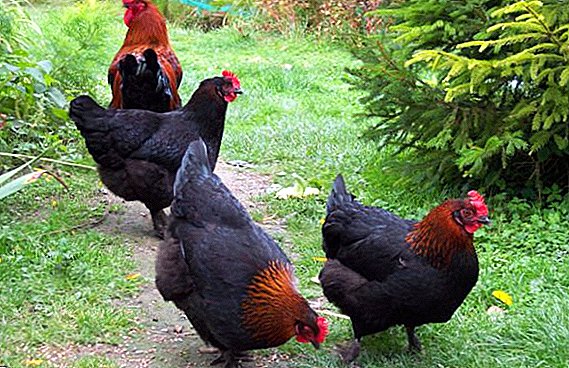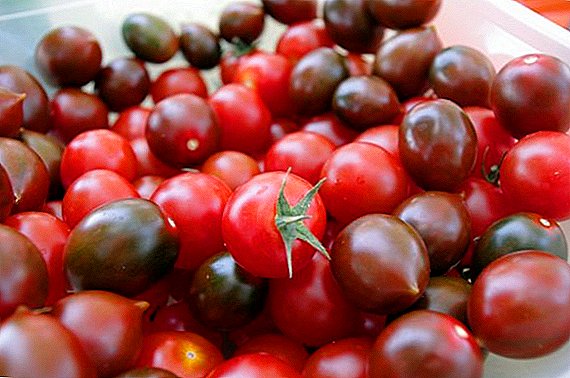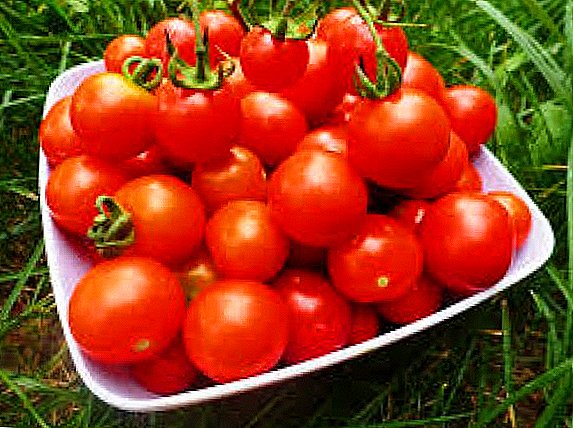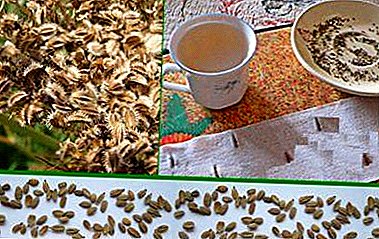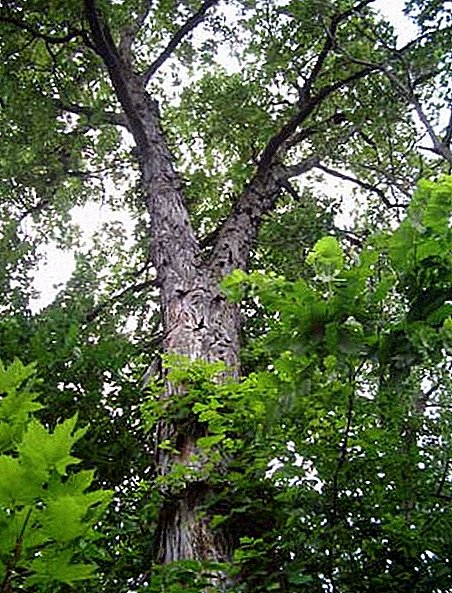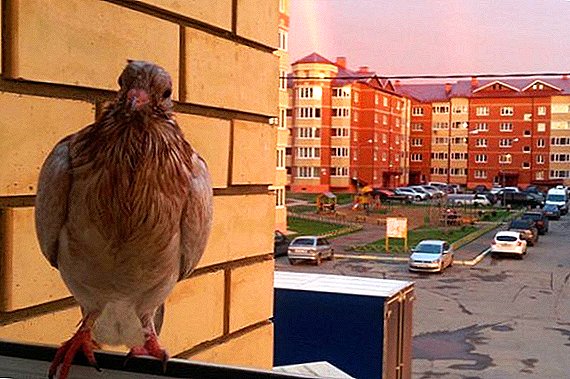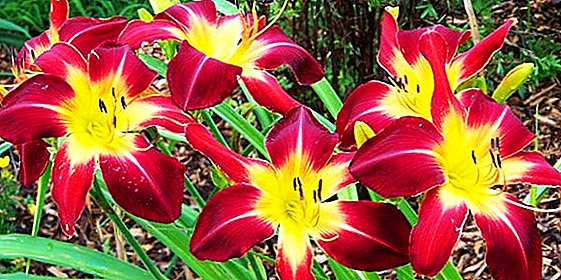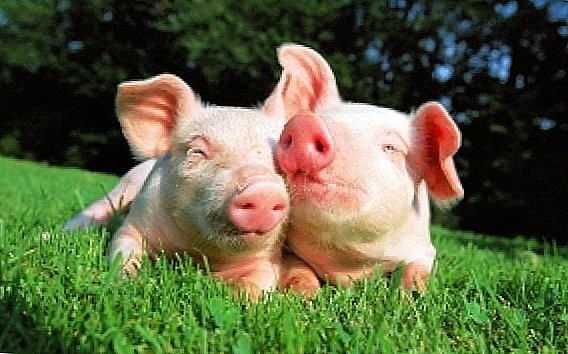
Sisolina begonia - ornamental herbaceous plant belonging to the genus Begonian. Culture grown mainly as ampelnaya.
Contained in residential and office buildings, in winter gardens in pots or hanging pots. Begonia - unpretentious indoor flower. With proper care, it will bloom for a long time and fluffy.
More information about the history and characteristics of this plant, about how to plant and care, as well as about possible diseases and pests in our article.
History and botanical description
During a scientific expedition to the Antilles, a French botanist and monk, Charles Plumier, first discovered begonia. The name of the plant was in honor of Michel Begone, the organizer of the expedition.
Sisolina begonia - perennial shrub with perennial shoots. The leaves are large and shiny, ovate-oblong, pointed at the top. Flowers same-sex with a diameter up to one and a half cm. Are located in groups. Blossoming terms: summer, autumn and winter.
Appearance and features
 Asymmetric leaves with a length of 12 cm are characteristic of begonias. The color is light green (bluish) on one side and reddish on the other.
Asymmetric leaves with a length of 12 cm are characteristic of begonias. The color is light green (bluish) on one side and reddish on the other.
Features:
- The flowers are collected in poorly branched racemes.
- Coloring of flowers: from bright red to coral-red tones.
- Thin drooping stem.
Insulating begonia is recommended to be grown indoors in hanging baskets or pots. The plant is easily propagated stem stem cuttings.
How to plant?
Illumination and location
Sisolina begonias require bright lighting.
Attention! Flower can not be kept in the open sun. The leaves get burned.
To block direct sunlight, windows shade with gauze, cloth or blinds. In cold periods, the culture is exposed to a sunny place for a short time in the morning and evening.
Place the flower pots, preferably on the east and south-west window-sills. Allow strong shading can not. The leaves will begin to turn yellow.
Ground Requirements
Soil mixture for begonias should be nutritious and loose. Substratum for planting can be bought ready or make it yourself.
The optimal composition of the soil:
- sand - 1 part;
- leaf earth - 2 parts;
- peat - 2 parts;
- turf - 2 parts;
- humus earth - 4 parts.
To the main components you can add a little coniferous land. The substrate for begonias should be slightly acidic or neutral.
Capacity
The pot is chosen is not very bulky, but spacious. Material does not matter: clay, plastic or ceramics. Drainage holes must be made at the bottom.
How to plant?
 Planting seeds carried out in late February. Deadline - mid-March. Sowing is done in the seed boxes.
Planting seeds carried out in late February. Deadline - mid-March. Sowing is done in the seed boxes.
Procedure:
- Planting material is placed in the prepared substrate, slightly pressing into the soil. Powder on top is not necessary.
- Top cover with plastic or glass.
- Boxes with seedlings are placed in a well-lit room with a temperature range of + 20-24 degrees.
Shoots will appear in about 10-20 days. Seedlings dive after 30-45 days in separate pots.
Care
Temperature and humidity
For the begonia of the insulating layer, the temperature regime should be moderate: about 18–20 degrees Celsius.
The minimum values for the winter period are not less than +15 degrees.
Sisole begonias - lovers of moist air. To maintain the necessary level of humidity regularly sprayed the air around the plants. Moisture should not fall on the leaves.
In the room where the begonias are located, the level of humidity is maintained within 60%.
In the heat, they provide additional moisture: the flowers are placed in wide trays filled with sand, peat, or wet moss. Culture needs fresh air, so the room must be ventilated. In such conditions, the development of begonias improves.
Watering
Watering regularly, preferably at the same time. In the summer they moisturize plentifully, in the winter period it is moderate - according to the measure of drying of the upper layer of the soil. Having reloaded is not allowed - the flower can get gray rot.
Watering rules:
- Ensure that the water comes out of the drainage holes.
- Avoid moisture on the leaves. Brown spots may form on them.
- Liquid for irrigation take settled: boiled or filtered.
- Water should be at room temperature.
Begonias can not be moistened with cold water.
Fertilizer
 Feed the insane begonia very carefully. Balanced formulations are suitable for this herbaceous crop.
Feed the insane begonia very carefully. Balanced formulations are suitable for this herbaceous crop.
Features feeding:
- Fertilize 1 time per month.
- During the rest period (in winter) feed as needed.
- In the spring to fertilize during the period of intensive growth with substances containing phosphorus and potassium.
- Twice a year you can make organic.
Attention! Can not be used for sizolistnoy begonia feed with a nitrogen content. These compounds lead to an increase in leaf growth and suppression of bud formation.
Diseases and pests
Common diseases
Due to neglect of the rules of care, begonia can get sick. When growing a grassy crop, flower growers face a number of problems:
- The tips of the leaves turn brown and fall off. Reason: low air humidity and lack of water in the ground.
Treatment: to ensure the humidity at the proper level and to adjust the watering.
- The leaf plate turns pale due to lack of light.
The solution to the problem: move the plant to a well-lit place.
- The formation of fungus as a result of excessive moisture in low temperature conditions.
Treatment: remove the affected areas and treat the flower with fungicides.
- Powdery mildew is a common disease of begonias. Leaves are covered with white bloom. The reason - the wrong temperature and dry air.
To combat the disease, the flower is treated with a 1% solution of colloidal sulfur.
Pests
 Sisolina begonias affects spider mites, if the room is very dry air. Acaricidal agents are used to destroy the parasite. Spraying the plants is carried out in open air in compliance with safety regulations.
Sisolina begonias affects spider mites, if the room is very dry air. Acaricidal agents are used to destroy the parasite. Spraying the plants is carried out in open air in compliance with safety regulations.
The herbaceous culture is attacked and aphid. The folk remedy will help to get rid of the pest: insist on a solution of tobacco during the day and treat the places of insects. The composition is prepared in a ratio of 20 grams of shag per liter of water.
Breeding features
A popular way of breeding befonies sizolistnoy - grafting stem apical shoots. To do this, cut the stalk 7-8 cm with two or three leaves. Lower remove the upper half pruned. Places cuts sprinkled with charcoal.
Next steps:
- A hole is made in the pot with the substrate.
- Place the stalk and deepen to the leaves.
- Top cover with a plastic bottle.
A month later, new leaves appear.
Begonia can be grown from a leaf or part thereof. Choose a good healthy leaf and divide it into several shares so that each has 2-3 veins. The material is laid out on wet sand and covered with cellophane or polyethylene film.
When the young leaves appear, they are gradually accustomed to room air, removing the cover. When the seedlings grow, they are planted in pots.
Bushy begonias reproduce rhizomes. To do this, the flower is taken out of the tank, the roots are slightly soaked in water. Carefully divide the rhizomes into parts so that each has a sprout or a bud. The cut is treated with coal powder. The resulting planting material is placed in pots and watered.
Thus, it is not at all difficult to grow and care for sizolist begonia. For a flower, lighting plays a big role - it should be bright, but slightly shaded. Watering provide moderate. High soil moisture is not allowed. Herb culture will decorate the house and give a good mood, if you follow the above care recommendations.



